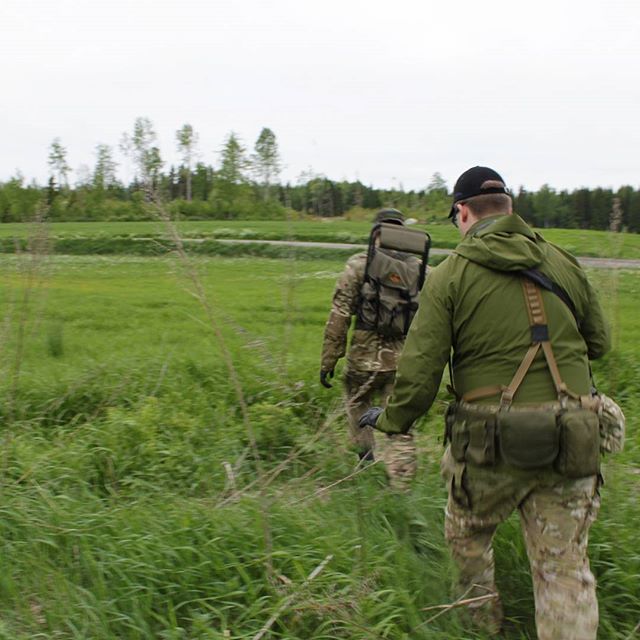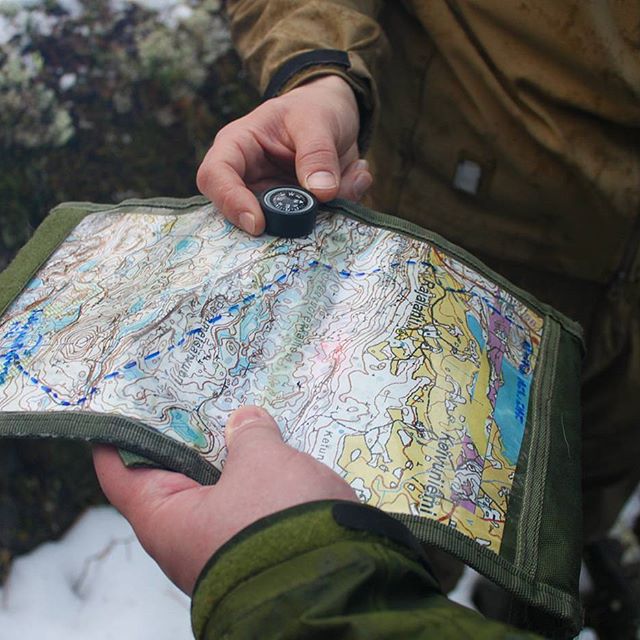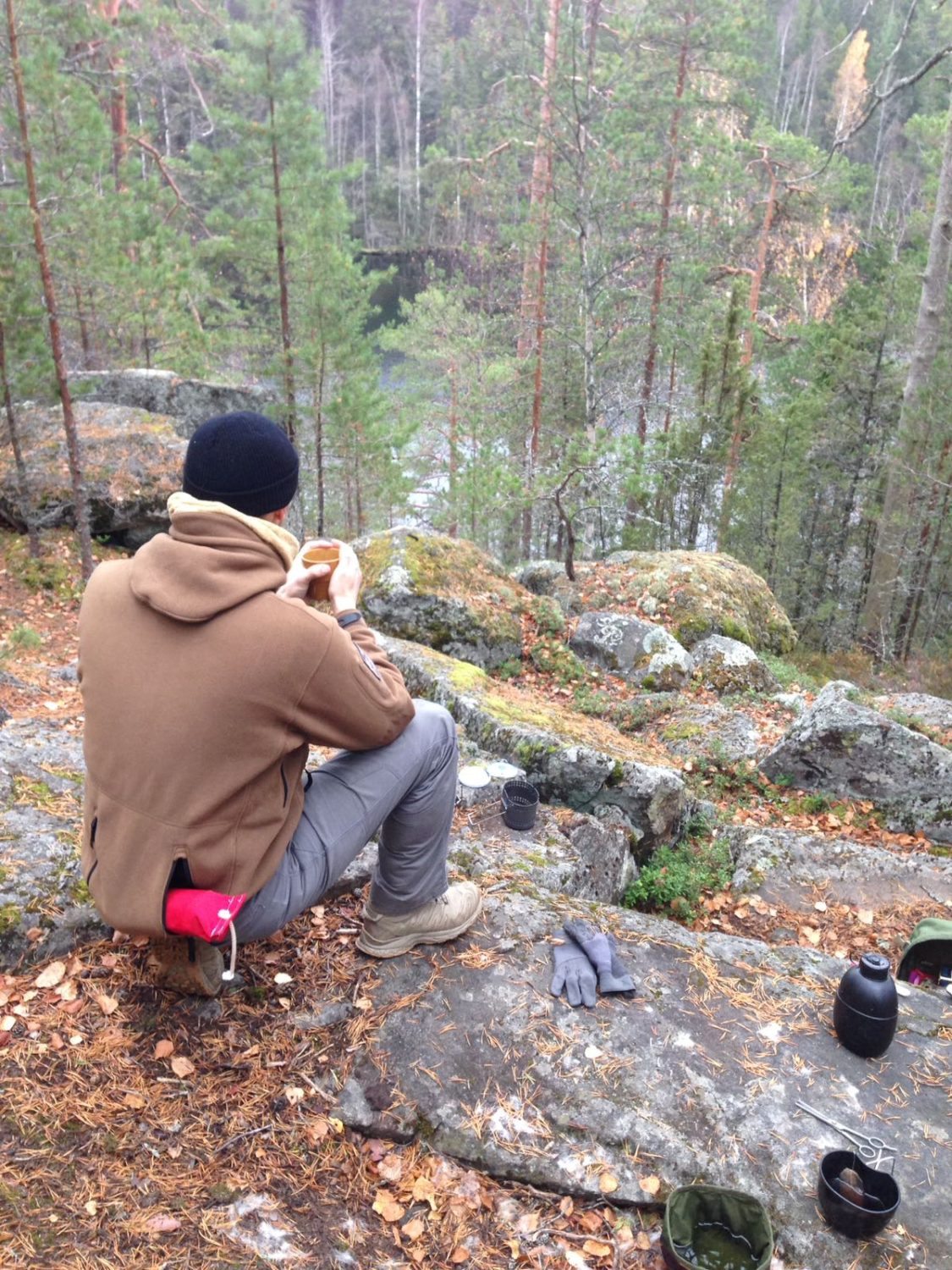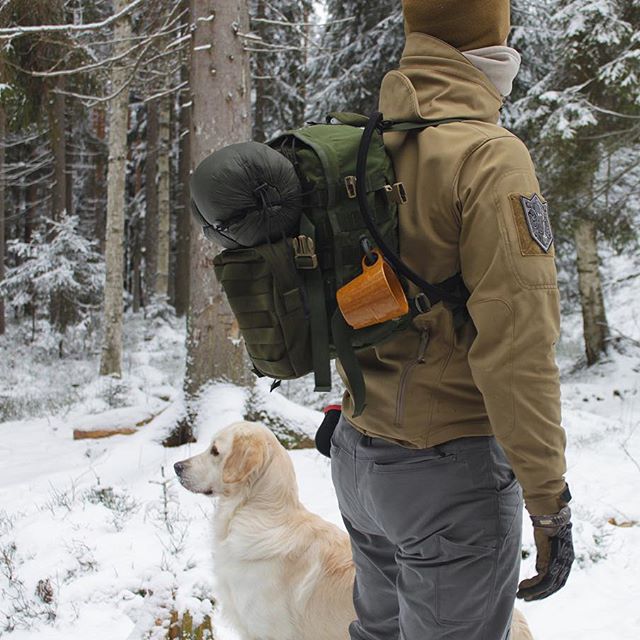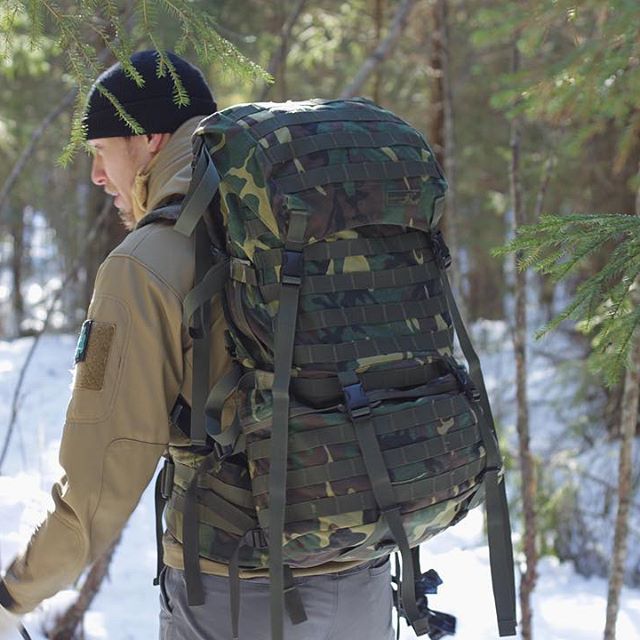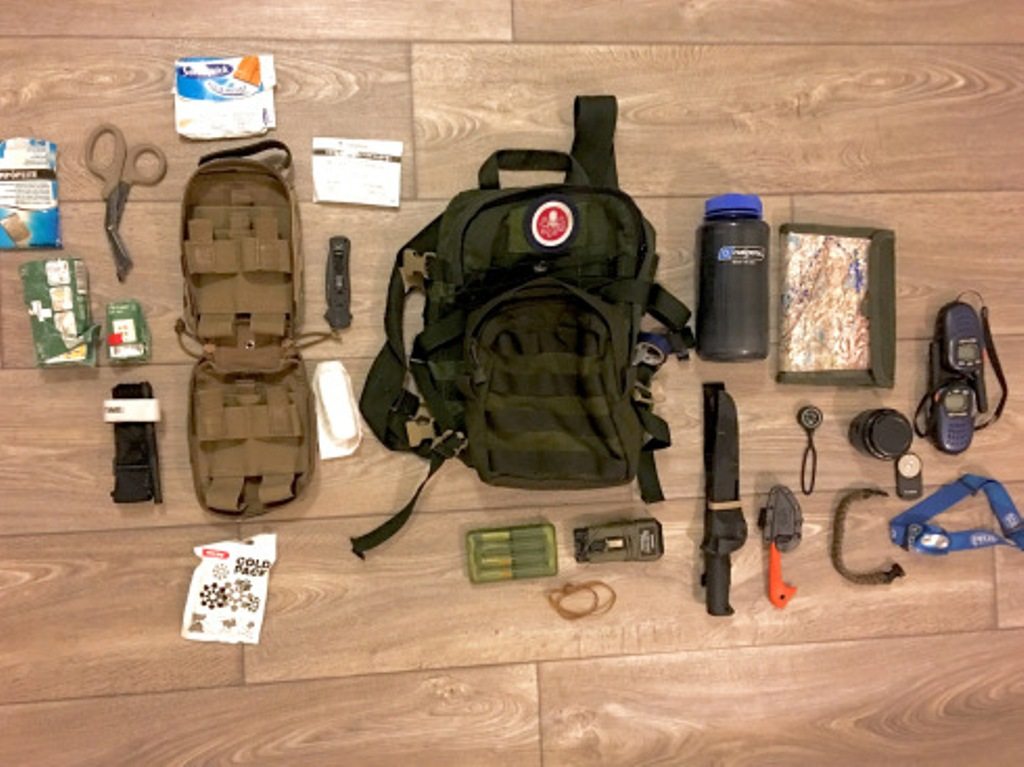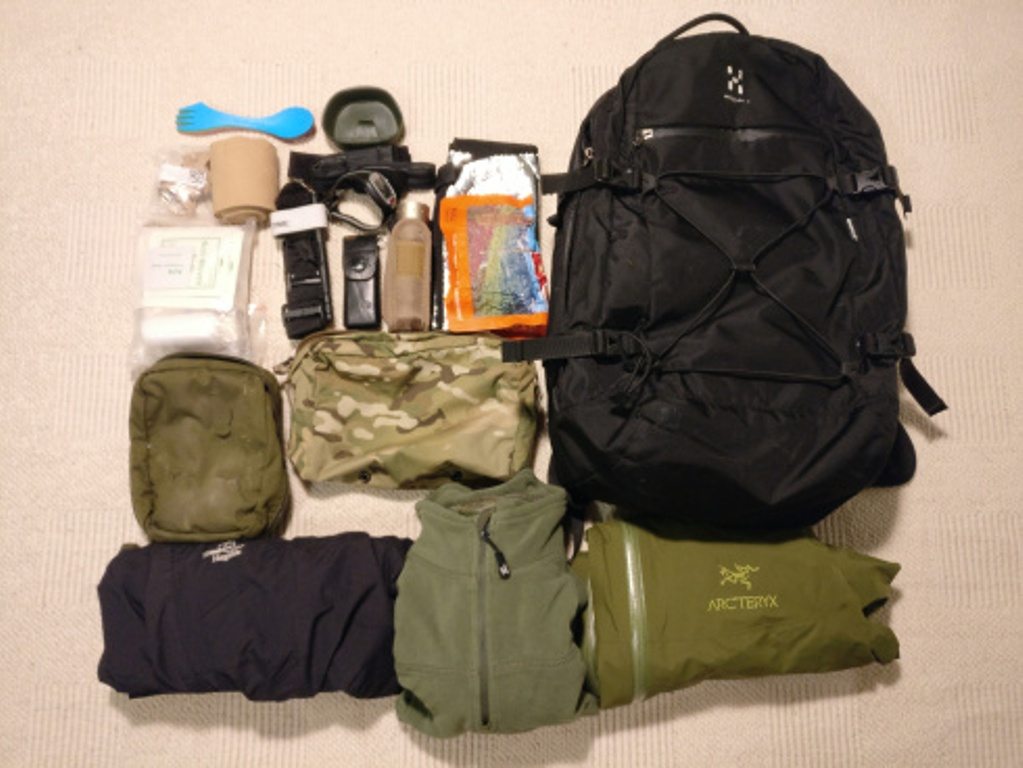“In every walk with nature, one receives far more than he seeks.” John Muir
I agree with Muir’s sentiment. There’s no better way to spend your weekend than getting some fresh air and taking in Mother Nature but packing too little or too much can make a trip very unpleasant. So, what should you pack and how do you avoid packing too little or too much?
A few things to consider before heading out:
Where are you are headed?
The Bull Run Conservancy is located a few miles from my house. The trails are well-marked, the park is not overly large in which to get lost and it is close to emergency services such as Rangers, the police and the city hospital. Novice hikers are known to take a tumble and roll their ankles on the trails because of the shifting scree and steepness of the climb. People do get lost. Research the terrain, weather and closeness to outside help before you take a trip.
Packing some first-aid such as a cold pack, bandages and compression wrap for scrapes, sprains, cuts and even lacerations is wise even for a short excursion. Timber Rattlesnakes (TRs) make up one of the eastern-most population of snakes in Virginia. There doesn’t seem to be a need for native Virginians to pack a cooking stove or hunting knife but a snake bite first aid kit might not be a bad idea if you intend to leave the comfort of marked trails. My wife nearly stepped on one on our last long hike; a very close call. We were walking across overgrown paths. Snake bite kits include: bandages, cleaning wipes, venom extractor, tourniquet, ammonia inhalant and scalpel.
Pack light but smartly when you desire to cover a lot of ground. For longer trips pack more. Pack according to the area you are going into. If you are hiking on a multi-use trail that permits more than one user group at a time (equestrian, hiker, mountain bicyclist, etc.) the possibility of seeing people and getting help quickly means you can pack lightly. A backcountry trail is a primitive trail where there are no permanent buildings or maintained roads; packing smartly and heavier isn’t unsound in my opinion.
What is the time of season?
Consider the weather. Is there a chance of snowing in the area or is it going to be very hot and dry? Consider the water sources available to you. Perhaps you should bring a reasonable amount of water in your canteens or bottles. We did a 1 hour brisk walk today. My cover, gloves and hoodie came in handy because it got very cold and windy. Those three items were good protection from the sun and chilling wind. Temperatures are known to change quickly in many regions. Packing a light jacket, headgear and gloves can prevent chill or sunburn. Falling snow and thunder storms can make a good day-hike go badly fast. Walking with an extra light water proof fleece in your day pack might save the day. A bit of research beforehand can help you plan around changing weather.
How much time will you spend outdoors?
If you intend to do a 3-4 hour hike and turn around to go back to your car then carrying a small pack with the bare essentials is not unreasonable. If you intend to go out for 4-8 hours or longer than consider a larger pack and fill it with some more food or water. Toilet paper isn’t a bad idea. One of the guys I know packed everything but food on his trip and half way into his hike he realized he was starving and irritable. His hike didn’t go as well as he would have liked. I personally prefer packing food and water over anything else because I know I can find my way back without too much difficulty.
What is your hiking experience; are you a novice or expert? Novices tend to overpack but this is okay. As long as you’re not making life threatening mistakes it gives you the opportunity to improve.
It seems sensible to pack light for a short day-hike and to pack heavier for a longer hike. If you are looking to log double-digit miles on your trip then packing light and carrying only what you need for an emergency is the way to go. Longer hiking excursions generally require you to pack heavier by bringing important items such as more water, food and first aid essentials. Once you have those three things covered the rest is easier.
Consider the terrain.
Is the terrain rocky and steep? Is the terrain covered with streams or rivers that can slow your travel? Packing gaiters or another pair of socks isn’t a bad idea. I’ve seen people tie heavy boots or extra shoes over their packs. Without knowing what their plans were or fitness level I really can’t judge but I think most people can do without the added weight.
Some of the mistakes to avoid is bringing too much first aid. You don’t want to pack as if you’re preparing to give medical attention to an entire platoon. Some people pack too little water and others bring heavy canned food. Here is a list you might use as a guide:
- Repair kit and tools.
- Nutrition (extra food)
- First-aid supplies.
- Fire (waterproof matches/lighter/candles)
- Navigation (map and compass)
- Sun protection (sunglasses and sunscreen)
- Insulation (extra clothing)
- Illumination (headlamp/flashlight)
In this article I included images and a list of items my friends carried on their day hike on a weekend into a Finnish nature preserve.
Good luck.
- Kifaru E&E, with the BHI large utility pouch attached on the back
- 1l Nalgene bottle
- J.P. Peltonen “Sissipuukko” or Finnish army ranger knife
- ITW Grimlock and a paracord bracelet.
- Outdoor Edge LeDuck
- PDW EWBC compass on hand.
- Walkietalkies
- Petzl headlamp and a remote control for the camera.
- MS2000 strobe
- TAD Batuca battery cases in a plastic bag.
- Claw Gear Aviceda fleece for extra warmth
- A camera lens
- Warrior Assault Systems IFAK
-CAT Tourniquet
-CTOMS emergency shears
-4 in 1 Bloodstopper dressing
-2 smaller dressings
– Emergency blanket
-Cold pack
-Band aid
– Examination gloves
– Böker Medic folder.
1 MORE EXAMPLE BELOW:
- Technical baselayer
- NorthFace microfleece shirt
- Old Haglöfs sport-trousers
- Arc’teryx Beta AR
- Varusteleka Merino wool cap
- Salomon XA Pro 3D Mid GTX- shoes
- Haglöfs Backup 20 – backpack
- Polar RS300X HRM
- Leatherman Rebar
- Led Lenser T7,2
- Fold-a-cup + 3x Lightmyfire Spork’s
- Tatonka foldable seat cover
- Spare socks
- Real Turmat Chili con carne field meal(for an emergency ration)
- 1 litre Nalgene widemouth
- 0.75 litre thermos
IFAK
– Includes various bandages, pads and dressings(nothing fancy), alcohol and antiseptic swabs, emergency blanket, Qtips, saftey pins, tape, rubber gloves, rubber bands, CAT tourniquet and an Ideal bandage(elastic).

